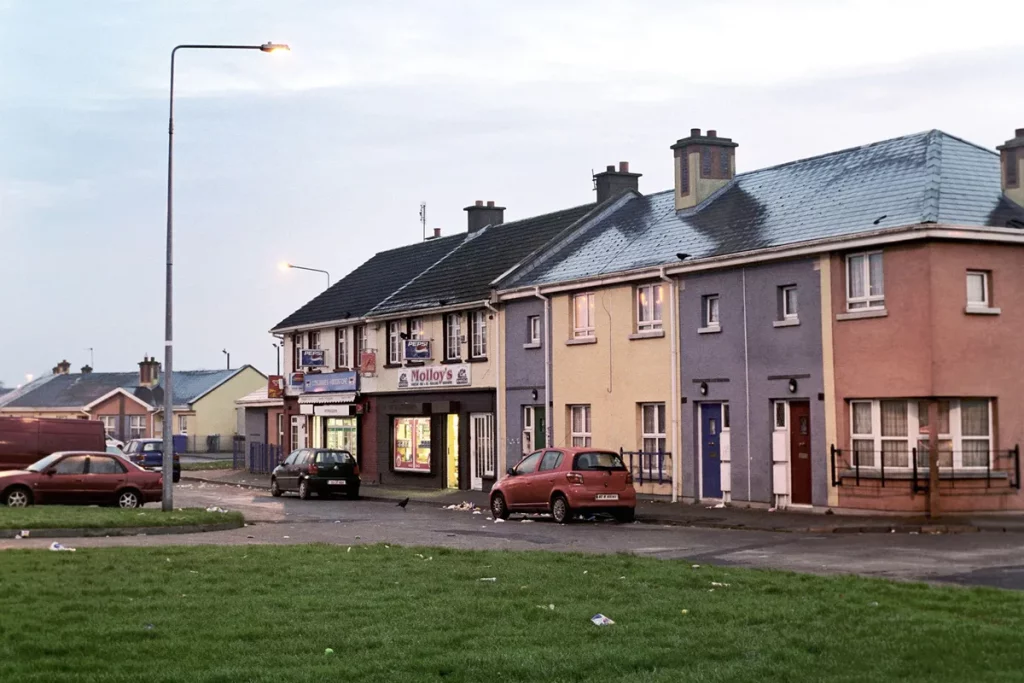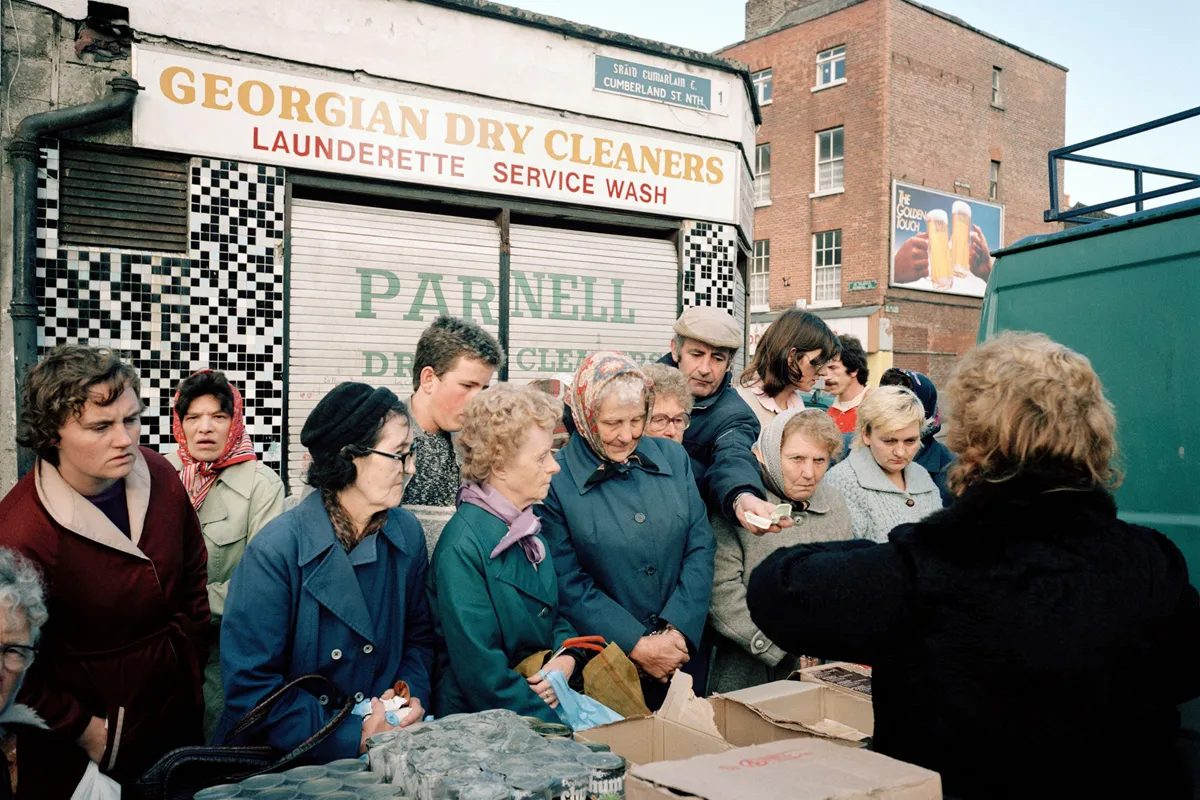What does it mean to be part of a community like Ireland’s? Why has St. Patrick’s Day become a holiday celebrated all over the world? What are its origins and meanings? Behind March 17th
Why do we celebrate St. Patrick’s Day?
Why do we celebrate St. Patrick’s Day? St. Patrick’s Day, observed annually on March 17th, is a globally recognized celebration of Irish culture, heritage, and the patron saint of Ireland, St. Patrick himself. While initially a religious holiday commemorating the saint’s death, it has evolved into an exuberant festival celebrated by millions around the world, regardless of their Irish heritage. From parades to green attire, shamrocks to traditional music, this day captures the essence of Irish identity and has become a symbol of unity, joy, and festivity. But why do we celebrate St. Patrick’s Day with such fervor and enthusiasm? Let’s delve into the rich history, traditions, and significance of this beloved holiday and explore how it brings us together as part of a community.
March 17th: the origins of St. Patrick’s Day
To understand why we celebrate St. Patrick’s Day, we must first explore its origins. Contrary to popular belief, St. Patrick’s Day is not merely an excuse for revelry and merriment; it has deep roots in history and religion. The holiday honors St. Patrick, the patron saint of Ireland, who is credited with spreading Christianity throughout the island.
St. Patrick was born in Roman Britain in the late 4th century and was kidnapped by Irish raiders at the age of 16. He spent six years in captivity in Ireland, during which he found solace in his faith. After escaping, he returned to Britain and later undertook missionary work, eventually returning to Ireland to convert its pagan inhabitants to Christianity. Legend has it that he used the shamrock, a three-leaved plant, to explain the concept of the Holy Trinity to the Irish people.
St. Patrick’s Day was originally a religious feast day commemorating the anniversary of his death, believed to have occurred on March 17th, in the late 5th century. The day was observed by attending church services and participating in solemn rituals. Over time, the holiday evolved, incorporating elements of Irish culture, folklore, and tradition, transforming into the lively celebration we know today, uniting us all as part of a community.
Irish descent spreads St. Patrick’s Day worldwide
St. Patrick’s Day holds culture, not only for the Irish but for people of Irish descent worldwide. It serves as a day to honor and celebrate Irish heritage, customs, and identity, connecting us all as part of a larger community. For the Irish diaspora, particularly those who emigrated during times of hardship such as the Great Famine in the 19th century, St. Patrick’s Day is a poignant reminder of their roots and a means of connecting with their cultural heritage.
The holiday also fosters a sense of solidarity and community among the Irish and those who join in the festivities. Whether it’s through music, dance, food, or language, St. Patrick’s Day provides an opportunity for people to come together, regardless of background or nationality, and celebrate the shared values of camaraderie, inclusivity, and joy, emphasizing our belongingness as part of a community.

Irish music: traditions and customs means being part of a community
St. Patrick’s Day is steeped in traditions and customs that have been passed down through generations, serving as a way to strengthen bonds within the community. One of the most iconic symbols of the holiday is the color green, which is closely associated with Ireland, known as the “Emerald Isle” due to its lush landscapes. Wearing green attire, adorning oneself with shamrocks, and even dyeing rivers and landmarks green are popular customs observed on St. Patrick’s Day, symbolizing our collective identity as part of a community.
Parades are another hallmark of the celebration, with cities around the world hosting extravagant processions featuring floats, marching bands, and performers. The largest St. Patrick’s Day parade takes place in Dublin, where thousands of spectators line the streets to watch the festivities unfold, underscoring the sense of togetherness within the community.
Traditional Irish music and dance also play a central role in St. Patrick’s Day celebrations, serving as a cultural expression that brings people together. From lively jigs and reels to soulful ballads, music is a vibrant reflection of Irish culture and is enjoyed by people of all ages, further strengthening the bonds of community.
Culinary delights are another highlight of St. Patrick’s Day, with traditional Irish dishes such as corned beef and cabbage, Irish stew, and soda bread taking center stage. Pubs and restaurants serve up hearty fare alongside pints of Guinness and glasses of Irish whiskey, creating a festive atmosphere that resonates with revelers, fostering a sense of communal celebration.
Global Impact and Unity of St. Patrick’s Day
What sets St. Patrick’s Day apart is its global appeal and influence, uniting people across continents as part of a larger global community. While it originated in Ireland, the holiday has transcended borders and has been embraced by people of all backgrounds and nationalities, emphasizing our interconnectedness as part of a diverse community.
St. Patrick’s Day serves as a reminder of the power of cultural exchange, embracing diversity, highlighting the shared humanity that binds us together. It brings people together, transcending barriers of language, ethnicity, and religion, and fosters a sense of unity and belonging, reaffirming our collective identity as part of a global community.
From a religious feast day to its current status as a global phenomenon – St. Patrick’s Day
St. Patrick’s Day is more than just a day of revelry and merriment; it is a celebration of Irish culture, heritage, and identity that unites us all as part of a larger community. From its humble origins as a religious feast day to its current status as a global phenomenon, the holiday embodies the spirit of togetherness and camaraderie that defines us as part of a community.
So, as we don our green attire, raise a glass in celebration, and join in the festivities, let us remember the true essence of St. Patrick’s Day – a celebration of unity, inclusivity, and the enduring power of community to bring us together as one.



















